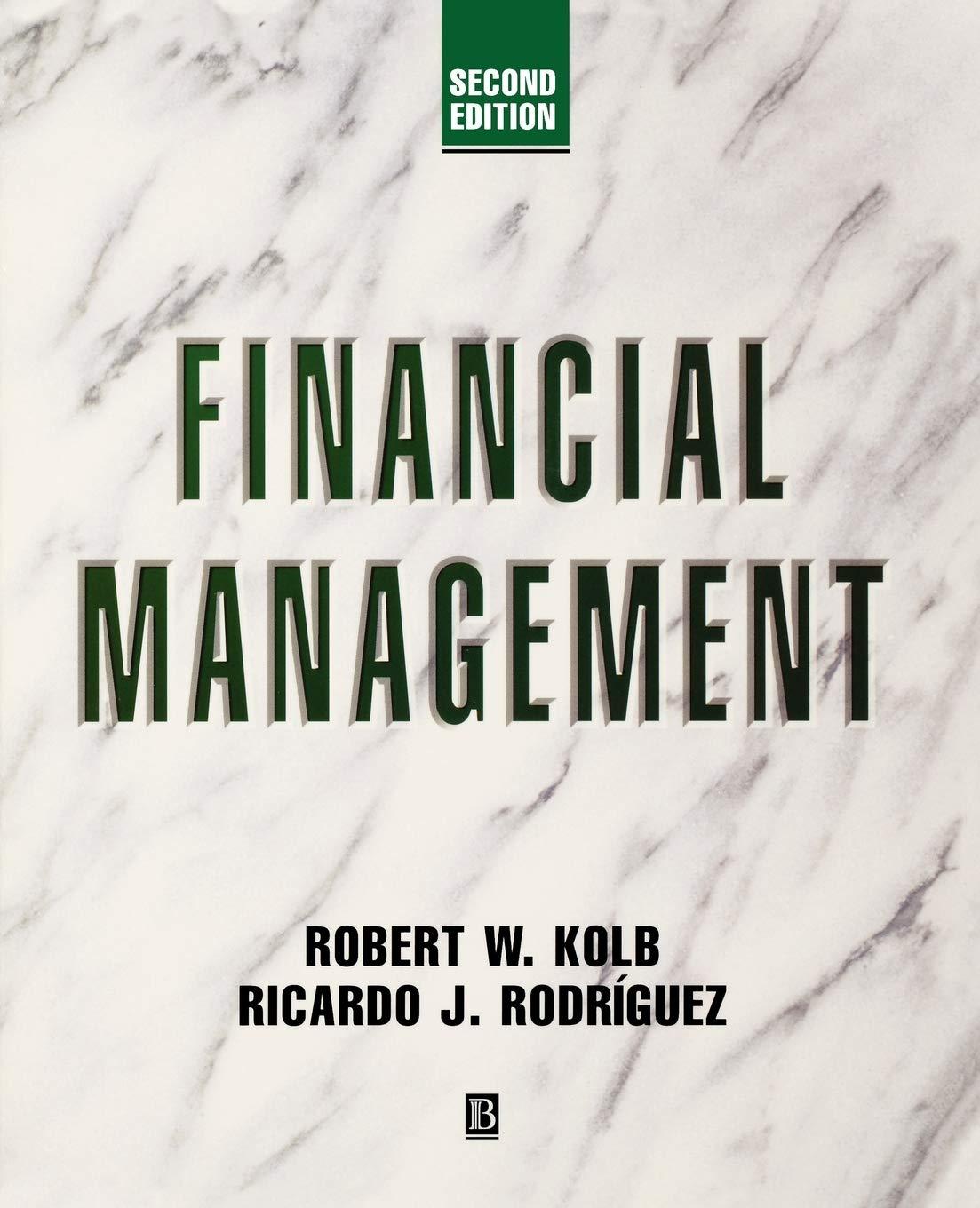Question
Q3) You bought a stock in 2016 for $150. At the end of the year you bought an extra share of the same stock, this
Q3) You bought a stock in 2016 for $150. At the end of the year you bought an extra share of the same stock, this time for $200. Then you sold both shares at the end of the second year for $210 each. You also received annual dividends of $4 per share at the end of each year. Calculate the annual time-weighted rate of return on your investment.
The following information is applicable to questions 4 through 8
You manage a risky portfolio with an expected rate of return of 15% and a standard deviation of 25%. The Treasury-bill rate is 4%.
Q4) One of your clients chooses to invest 70% of a portfolio in your fund and 30% in a T-bill money market fund. What is the expected value and standard deviation of the rate of return on your clients portfolio?
Q5) Suppose that your client decides to invest in your portfolio a proportion y of the total investment budget so that the overall portfolio will have an expected rate of return of 12%.
a) What is the proportion of y?
b) Further suppose that your risky portfolio includes the following investments in the given proportions: Stock A (32%), Stock B (33%), and Stock C (35%). What are your clients investment proportions in your three stocks and the T-bill fund?
Q6) Now suppose that your client prefers to invest in your fund a proportion y that maximizes the expected return on the overall portfolio subject to the constraint that the overall portfolios standard deviation will not exceed 18%.
a) What is the investment proportion, y?
b) What is the expected rate of return on the overall portfolio?
Q7) Suppose that your clients degree of risk aversion is A = 3 What proportion, y, of the total investment should you suggest that he invest in your fund?
Q8) You estimate that a passive portfolio (that is, one entirely invested in a risky portfolio that mimics the S&P 500 stock index) yields an expected rate of return of 10% with a standard deviation of 22%.
a) What is the slope of the CML?
b) Characterize in one short paragraph the advantage of your fund over the passive fund.
c) Your client is considering whether to switch to the passive portfolio the 70% of his wealth currently invested in your fund. Show your client that he is better off staying with you.
Step by Step Solution
There are 3 Steps involved in it
Step: 1

Get Instant Access to Expert-Tailored Solutions
See step-by-step solutions with expert insights and AI powered tools for academic success
Step: 2

Step: 3

Ace Your Homework with AI
Get the answers you need in no time with our AI-driven, step-by-step assistance
Get Started


